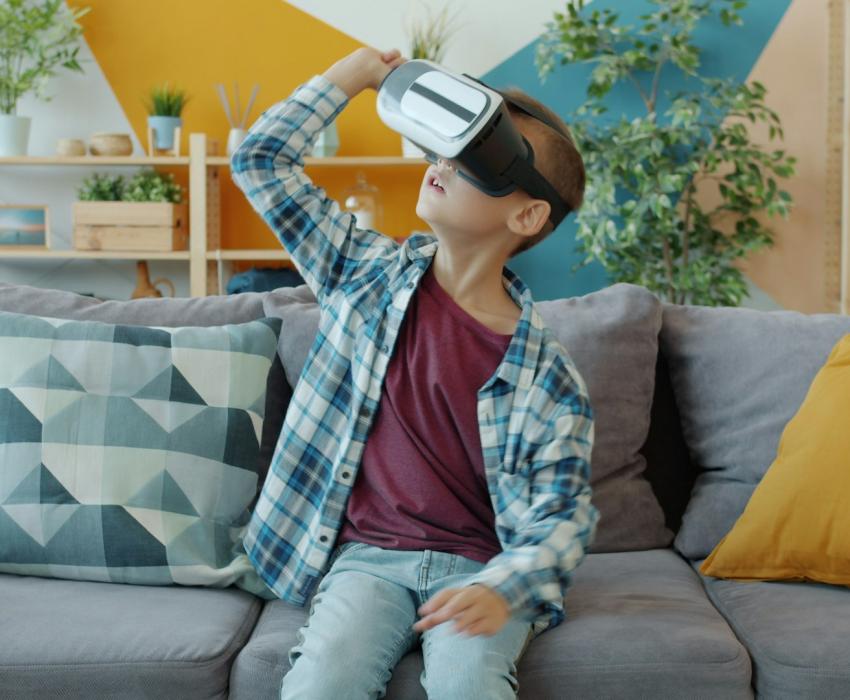
In the evolving educational landscape, technology is increasingly becoming a catalyst for creativity rather than just a tool for efficiency. Research shows that digital technologies help learners develop creative thinking, innovation skills and adaptability by offering platforms for exploration, experimentation and expression.
Tools such as interactive software, gamified environments, virtual/augmented-reality applications and AI-enhanced learning systems enable students to engage with content in novel ways, encouraging them to “play” with ideas, recombine information and generate original outcomes.
From a practical perspective, technology-enabled learning environments offer several concrete avenues for creativity. For instance, immersive platforms let learners visualize abstract concepts (e.g., molecular structures or historical reconstructions), and interactive authoring tools empower them to build their own content—whether multimedia stories, games or simulations.
Furthermore, AI-based systems act as creative co-pilots: they provide suggestions, personalized feedback and scaffolding that free learners to focus on ideation rather than just correctness. For example, one study found that conversational AI tools helped STEM learners extend their creative problem-solving.
For educational institutions and technology providers alike, this trend presents both opportunity and challenge. The opportunity lies in designing solutions that explicitly foster creation—modules, platforms and services centered around learner-generated content, collaboration, remixing, and innovation rather than passive consumption. The challenge is to ensure that technology amplifies human creativity rather than constraining it—so platforms must be flexible, intuitive and open-ended. As more schools and universities adopt these tools, the role of educators shifts from delivering content to facilitating creative exploration, and tech becomes the enabler of a richer, more expressive learning experience.

